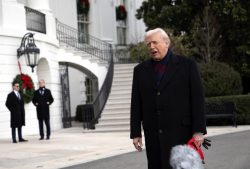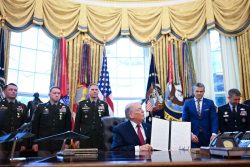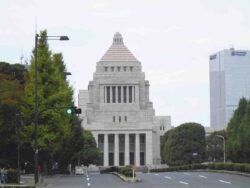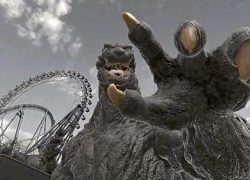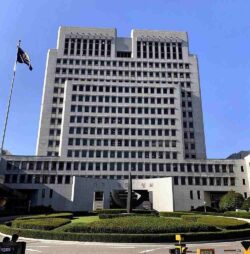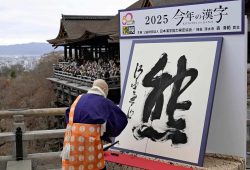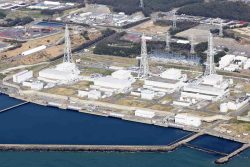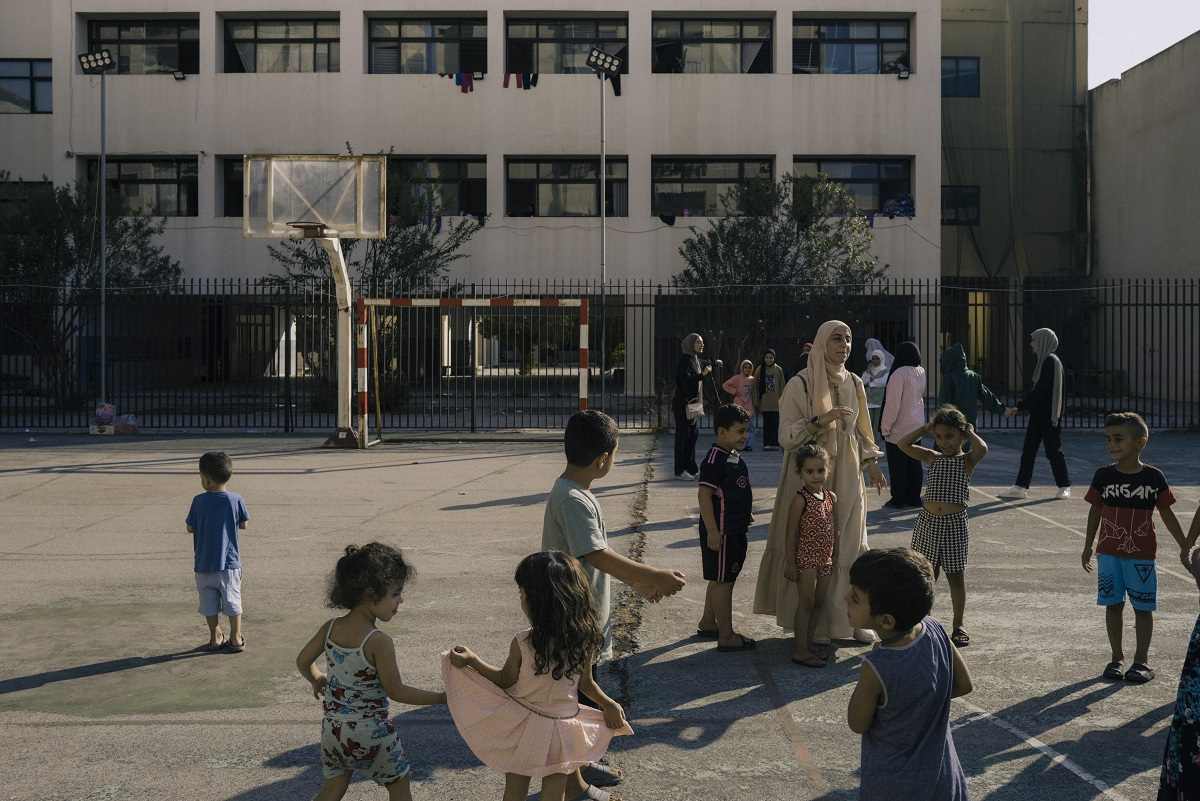
Refugees coming from areas near the border with Israel are being sheltered in schools in Sidon.
12:36 JST, September 25, 2024
SIDON, Lebanon – Israel unleashed another wave of airstrikes across Lebanon on Tuesday – including near the capital, Beirut – vowing to press ahead with its offensive against the militant group Hezbollah, as airlines canceled flights, the death toll soared above 500, and thousands of civilians fled southern Lebanese regions close to the Israeli border.
The Israel Defense Forces said Tuesday that it had hit 1,500 “terrorist infrastructure targets in southern Lebanon and deep inside Lebanese territory.”
“Hezbollah today is not the same Hezbollah we knew a week ago,” Defense Minister Yoav Gallant said, claiming that the group “has suffered a sequence of blows to its command and control, its fighters, and the means to fight.”
In Lebanon, the death toll since Monday – one of the country’s deadliest days since a protracted civil war ended in 1990 – rose to at least 569, according to the health minister, who said in a television interview that 1,835 people were also injured. The Health Ministry, which does not distinguish between combatants and civilians, said there were 50 children, 94 women and nine paramedics among the dead.
Separately, the ministry said six people were killed and another 15 injured Tuesday in an Israeli airstrike in the Ghobeiry neighborhood south of Beirut. The Israeli military said the strike targeted and killed Ibrahim Qubaisi, a Hezbollah commander whom it described as head of the group’s missile division. Hezbollah confirmed in a statement early Wednesday local time that Qubaisi had been killed.
Doctors in the southern city of Sidon say wounded patients are arriving with head trauma, multiple fractures and deep cuts from shrapnel.
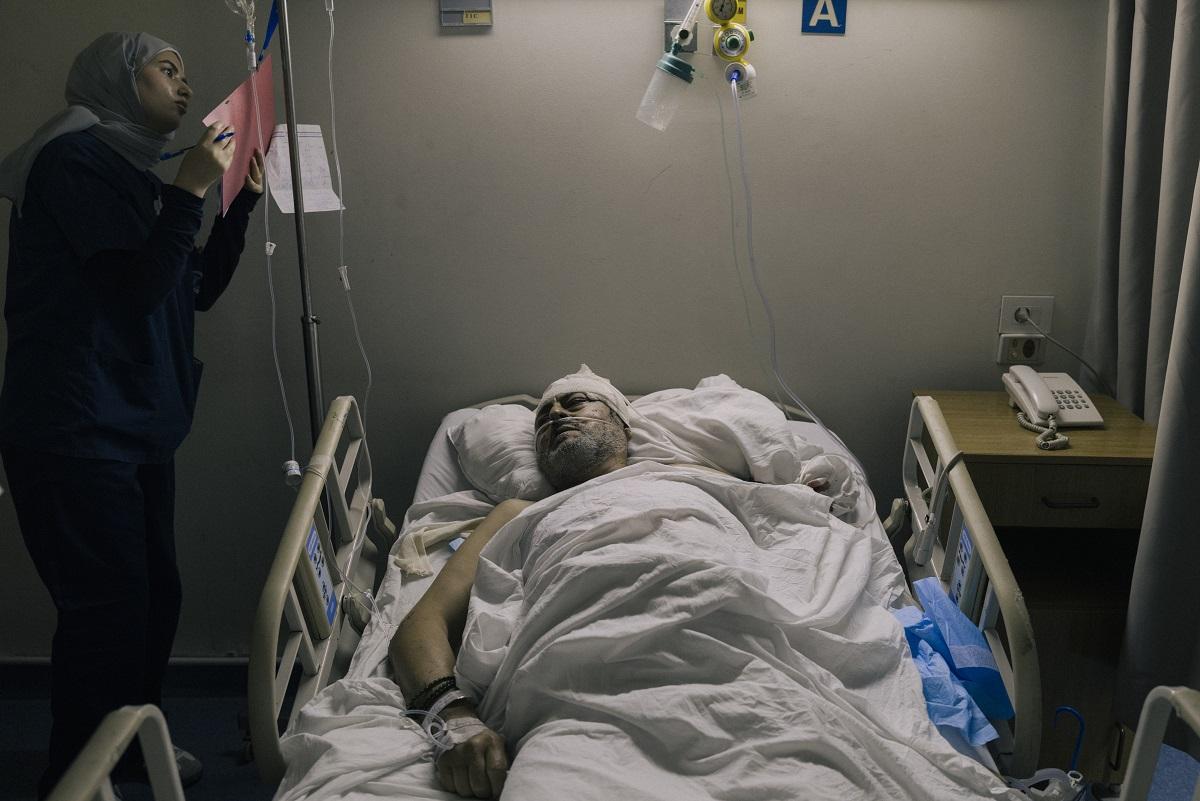
Naim Khashish, 63, lies in a hospital in the Labib Medical Center.
Naim Khashish, 63, was in his garden when a strike hit the building next door, killing eight members of his neighbor’s family. The blast fractured his ribs, broke both of his legs and tore up his skin.
Down the hall in the Labib Medical Center was a woman with thick bandages over her eyes. She was fleeing in her car when an airstrike landed nearby, according to an aunt who waited at her bedside. The explosion sliced her face with shrapnel, and killed her mother and sister.
The strikes came nearly a year after Israel and Hezbollah began trading near-daily fire across the border. Hezbollah, which is backed by Iran, began its attacks soon after Hamas fighters stormed southern Israel on Oct. 7, killing around 1,200 people. Israel responded by invading the Gaza Strip, a war that has killed more than 41,000 people, according to the Gaza Health Ministry, which does not distinguish between civilians and combatants but says the majority of the dead are women and children.
As injured civilians flooded hospitals in Lebanon, Hezbollah – which has been battered in recent days by attacks targeting its top leaders, sowing confusion in its ranks – fired 300 projectiles across the border with Israel, IDF spokesman Daniel Hagari said Tuesday. The group said it used new long-range Fadi missiles overnight and on Tuesday to strike a variety of targets in northern Israel, including an explosives factory in Zichron, almost 40 miles into Israeli territory.
They also fired at rockets and missiles at what they described as Israeli military and air bases in northern Israel, as well as the city of Kiryat Shmona. Around 67,000 Israelis have been displaced from the north since October.
Herzi Halevi, IDF’s chief of staff, vowed on Tuesday to “continue to operate at full force” and “accelerate offensive actions.” Israeli Prime Minister Benjamin Netanyahu also said Israel will continue to strike Hezbollah. “Anyone who has a missile in their living room and a rocket in their garage will not have a home,” he said in a brief recorded message after visiting an IDF intelligence base.
He repeated that Israel’s war is with Hezbollah – not the people of Lebanon – and accused the group’s leader, Hasan Nasrallah, of leading the Lebanese people “to the edge of an abyss.”
Firas Maksad, a senior fellow at the Middle East Institute, said his “worry is that we will see days and weeks, if not longer, of what is a test of capabilities and a test of wills between Israel on one hand, and Iran and Hezbollah on the other.”
“Will that lead to the all-out war with no ceilings, no limits, no red lines and utter destruction? There is a good chance of that happening,” he said.
International and regional airlines began pausing or canceling flights to Beirut, adding to the mounting sense of panic.
Across southern Lebanon, winding village roads and multi-lane highways have been snarled by traffic for days. Residents, including children, the elderly and family pets, were all packed into cars, taxis, mini vans and trucks inching forward in starts and stops as they made their way north outside Sidon on Tuesday.
Hanan Hamad, 45, said she drove with her husband, children and mother-in-law for nine hours from Chehour, about 30 miles southeast of Sidon, on Monday. “The strikes were everywhere,” she said, adding that one hit so close to the road they were on that it shattered the car windows.
The only place they could find to stay the night was an empty school house in central Sidon that was hastily converted into a shelter for the displaced. Thin mattresses were stacked up beneath white boards in classrooms. Without showers, parents bathed children in bathroom sinks.
More than 110,000 people were already displaced from southern Lebanon before Monday’s strikes began, and thousands more left their homes this week.
Safa Kosaibani, 21, fled from Nabatiyeh with her daughters and sisters-in-law. Since arriving in Sidon, she said her social media feed has filled with images of friends, neighbors and acquaintances who killed in the onslaught. She tapped through posts on her mobile phone.
“All of them, killed,” she said as she held up a grid of portraits: two women, a man, a grandmother and children. The caption included a broken heart emoji and asked God to grant them mercy. In another photo, a mother holds two young girls, one wearing a sparkly ballet tutu.
Kosaibani said she heard Israel was telling civilians to leave southern Lebanon but didn’t trust the warnings.
“We thought it was just psychological warfare,” she said. “That they were just trying to push us to leave our land, because we pushed them away from their land in the north. They want to do the same to us,” she said.
Also among the dead were two employees of the U.N. refugee agency, the organization said Tuesday. Dina Darwiche, who worked with the agency for 12 years, was killed along with her young son when an Israeli missile hit their home in eastern Lebanon. Ali Basma was also killed, the U.N. organization said, and had worked with the organization for seven years from its office in Tyre in southern Lebanon.
The mayor of Tyre, Hassan Dbouk, said in an interview Tuesday that a “huge, huge number” of people had already left the city, which is about 25 miles south of Sidon.
“People could not tolerate it anymore,” Dbouk of the strikes, estimating that 70 percent of Tyre’s residents had departed.
In northern Lebanon, in the Akkar district along the border with Syria, local official Ahmad Amir said about 100 families had arrived at dawn Tuesday – many of them tired, sick and too disoriented to speak after spending more than 12 hours on the road.
Much of the chaos stemmed from the fact that many rank-and-file Hezbollah operatives were injured in the pager and walkie-talkie attacks last week, according to a Hezbollah member with knowledge of the group’s operations who spoke on the condition of anonymity to discuss a sensitive subject.
The member said many of those wounded were involved in the group’s organization and logistics, and would otherwise be coordinating support for the displaced. There is a shortage now of experienced operatives, the member said.
The conflict also took a toll on emergency and rescue workers, with nine paramedics killed over two days, the Health Ministry said.
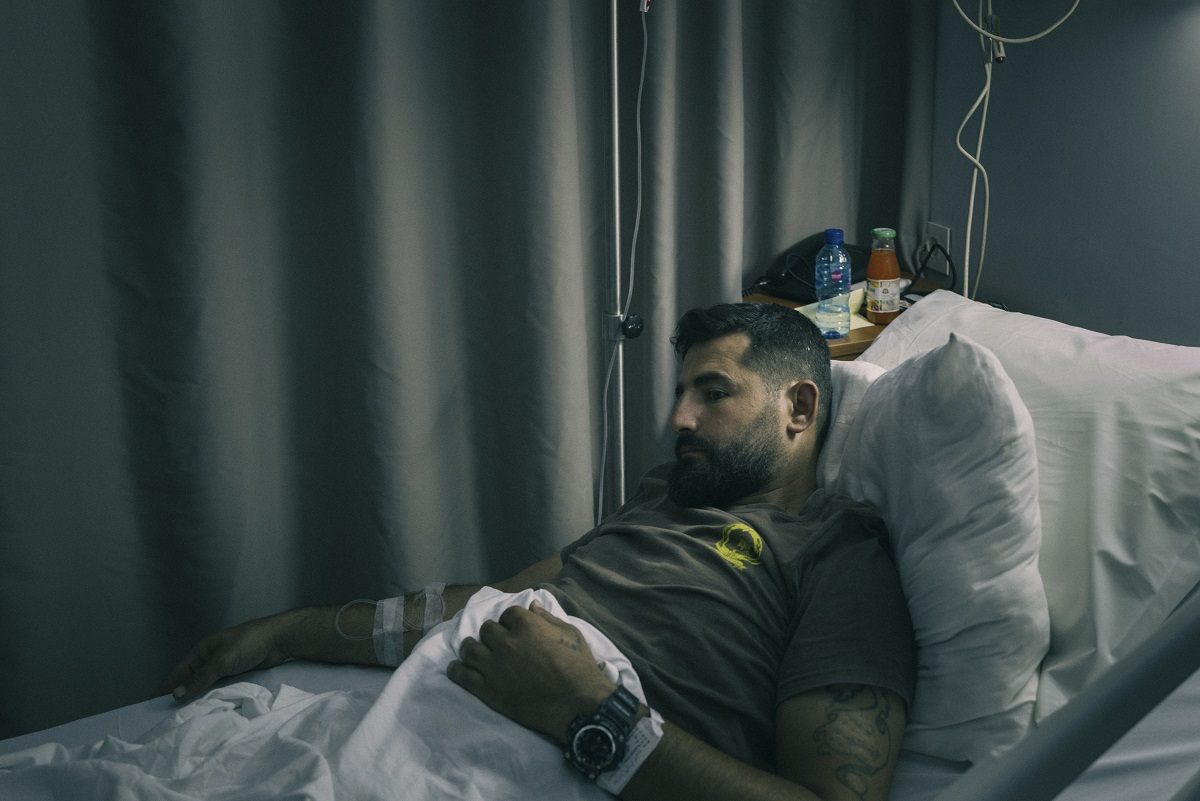
Musa Harb, a first responder with Lebanon’s civil defense, was injured in an airstrike that hit in the Nabatiyeh district.
Musa Harb, 36, a first responder with Lebanon’s civil defense, said he was at the scene of a strike in the Nabatiyeh district Monday when a second one hit a few dozen yards away.
“They hit! Get on the ground!” the rescue team can be heard yelling in a video of the aftermath. In the footage, pale clouds of dust obscure the blue sky. The force of the blast broke the windows of the ambulance that they had been driving just moments before and covered it with debris.
“All this rubble flew towards us through the air,” said Harb, who was blown back by the explosion, his right leg crushed under the rubble.
"News Services" POPULAR ARTICLE
-

American Playwright Jeremy O. Harris Arrested in Japan on Alleged Drug Smuggling
-

Taiwan President Shows Support for Japan in China Dispute with Sushi Lunch
-

Japan’s Nikkei Stock Average as JGB Yields, Yen Rise on Rate-Hike Bets
-

Japan’s Nikkei Stock Average Licks Wounds after Selloff Sparked by BOJ Hike Bets (UPDATE 1)
-

Japanese Bond Yields Zoom, Stocks Slide as Rate Hike Looms
JN ACCESS RANKING
-

Japan’s Hopes for Seafood Exports Shot Down in China Spat
-

Keidanren Chairman Yoshinobu Tsutsui Visits Kashiwazaki-Kariwa Nuclear Power Plant; Inspects New Emergency Safety System
-

Japan to Charge Foreigners More for Residence Permits, Looking to Align with Western Countries
-

Imports of Rare Earths from China Facing Delays, May Be Caused by Deterioration of Japan-China Relations
-

Japan Exports Rise in October as Slump in U.S. Sales Eases



